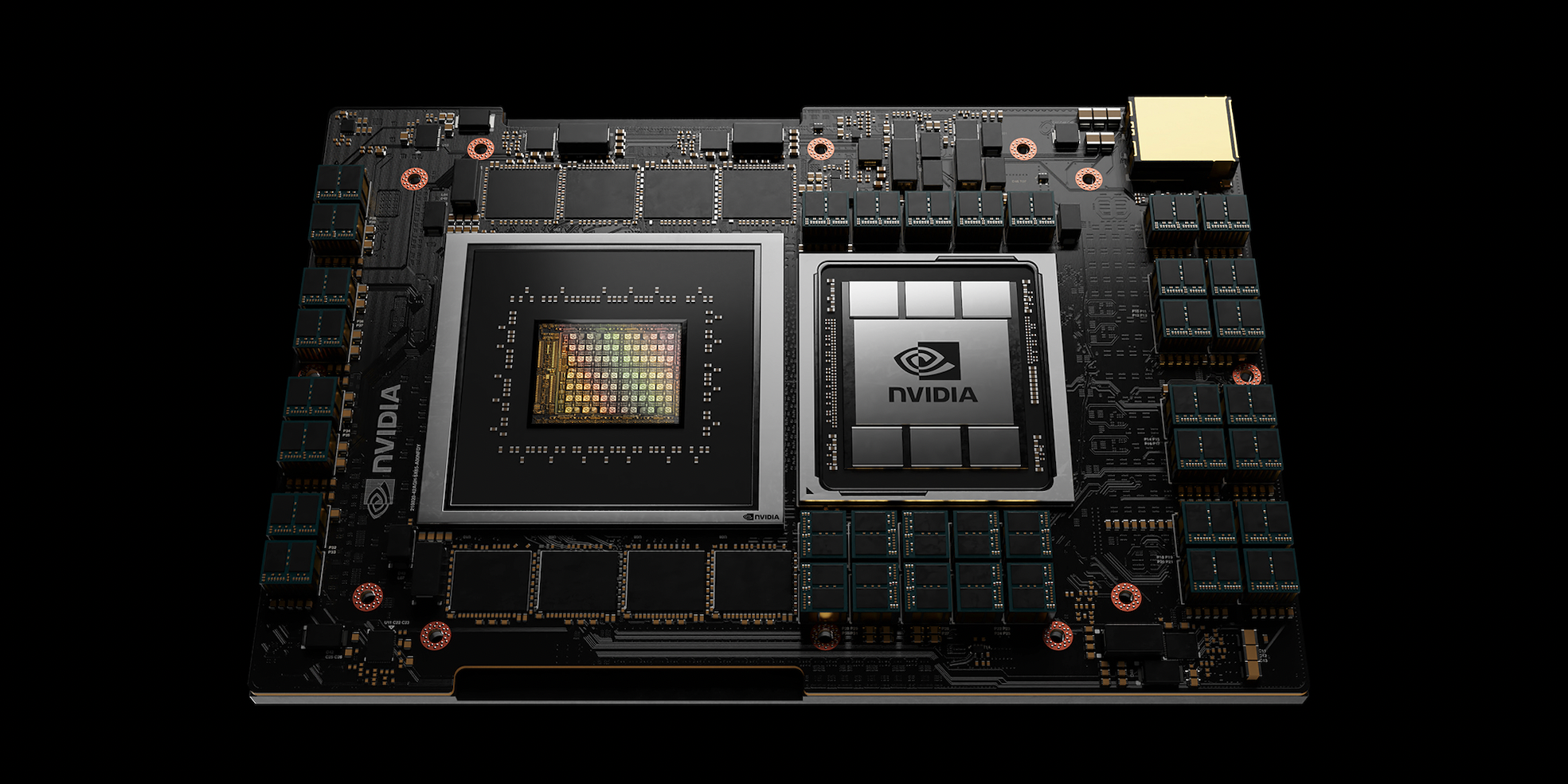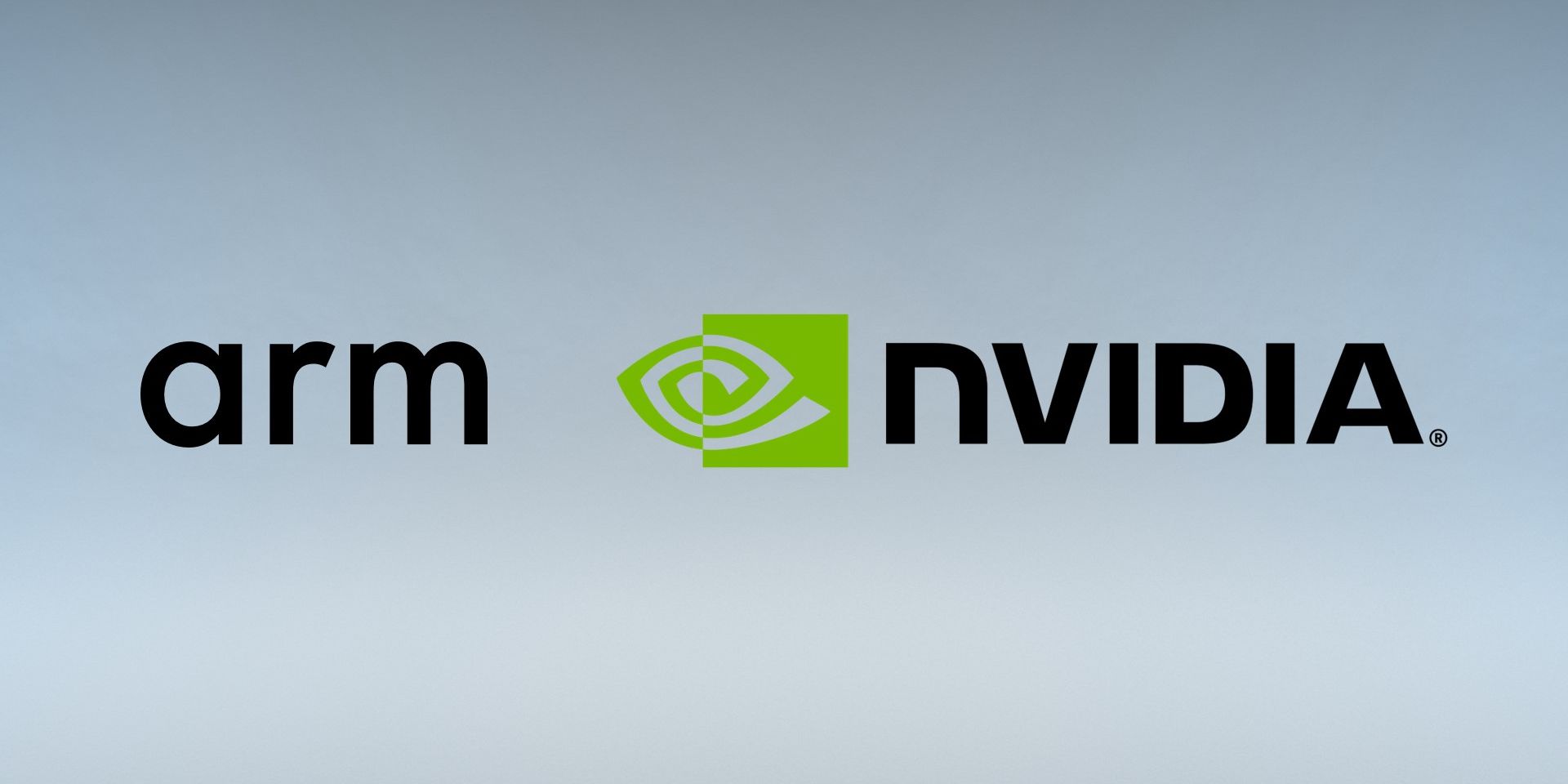Nvidia is returning to the CPU world in a big way, with the company announcing its new Nvidia Grace chipset based on the Arm architecture — the same one used to create Apple's M1 chip. Arm is the chip design used in smartphones and tablets for years, and thanks to the performance and efficiency benefits it has over traditional x86 chip designs, it's quickly being adopted by more companies for a variety of new use cases.
As for Nvidia's involvement in the CPU world, this actually isn't the first time the company has created an Nvidia-branded processor. Nvidia used to create mobile processors like the Tegra K1 and Tegra X1, with those chips being found in devices such as the Microsoft Kin One/Two, LG Optimus 2X, Motorola Atrix, and others. Nvidia chipsets were a big talking point in the mobile space for a while, but they ended up fading into obscurity as Qualcomm continued to dominate the market from all angles.
Looking to step back into the CPU world, Nvidia has now unveiled the Nvidia Grace. Nvidia Grace is an Arm processor and the first chip Nvidia has ever created for data centers. Nvidia says it can deliver 10x better performance compared to "today's state-of-the-art Nvidia DGX-based systems," with those being older x86 chips. Nvidia says that Grace is a "highly specialized processor" and created using next-generation NLP models with over 1 trillion parameters. In other words, it's extremely fast.
Nvidia Grace Is Not A CPU For Consumers
While it's exciting to hear that Nvidia is back to making CPUs and is doing so with Arm, it's important to remember that Grace is designed specifically for commercial data centers to be used on "the most complex AI and high performance computing workloads." Companies with massive data centers that require high performance for their business will benefit greatly from Grace, but for someone looking to upgrade their home computer, Grace isn't for them.
That may be disappointing for some Nvidia fans to hear, but even though Grace isn't a consumer chip, this is still big news all-around. Nvidia is planning to launch a successor with Grace Next at some point in 2025, meaning the company is already confident that the first Grace CPU will succeed. If all goes well with Nvidia's commercial chips, there's always the possibility that could sway the company to try its hand at consumer-focused ones, too.
Perhaps even more important is how this could impact Intel. Nvidia is competing directly with Intel's commercial business with the release of Grace, and following the chip's announcement, Intel stock went down by over 4%. Combined with Apple's ongoing transition from Intel chips to M1, that's not a string of good news for the tech giant. Intel is a massive company and is bound to fight back in one way or another, but if Nvidia is playing the long game with its re-entry into the CPU space, the next few years will be fascinating to watch. For now, Nvidia expects the first Grace supercomputers (built by HP) to be online in 2023.
Source: Nvidia


